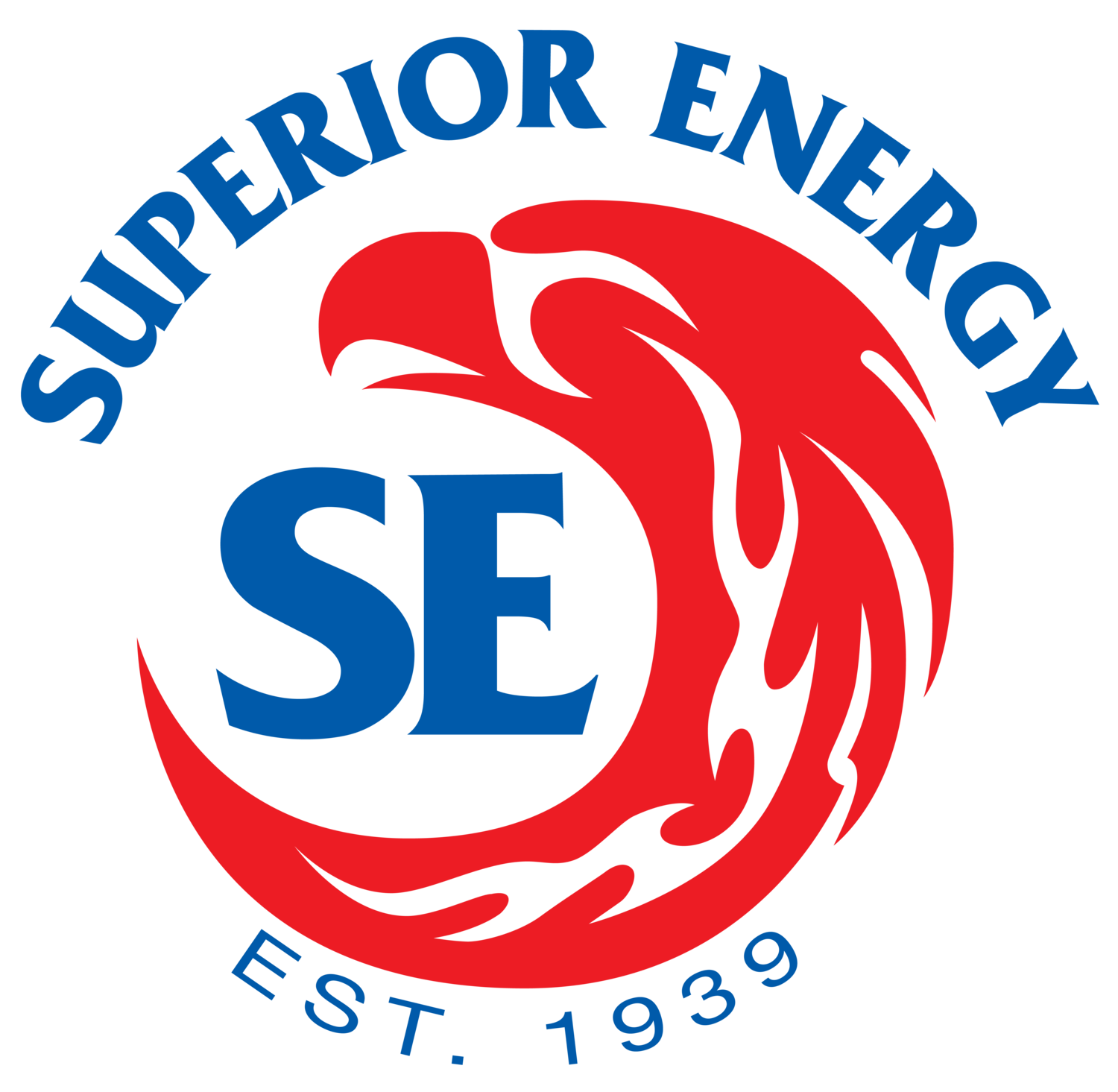You may have seen the headlines about the studies and read the editorial pieces claiming gas stoves are filling homes with pollutants that negatively impact indoor air quality. While primarily directed at natural gas, we must recognize the larger fight taking place throughout city and state governments encompasses all gas – including propane.
At the end of the day: better ventilation is the answer.
Adding a ventilation hood is far more practical for most American families than costly in-home conversions or renovations from gas to electric. The cost of switching millions of homes from gas to electricity for cooking would be staggering.
> Electrifying everything will take over 20 years and cost about $20-$25 trillion.
In addition, having a qualified technician inspect your stove every year will solve this concern of leakage from improperly installed stoves.
Most gas appliances are already incredibly efficient – upwards of 93% or better in some appliances.
> Propane delivers 99% of energy to the home.
> Electric is very inefficient, delivering only 32% of the energy used from generation to delivery to the home.
Replacing gas stoves with electric stoves wouldn’t eliminate air quality concerns.
> 60% of all electrical power generation in the United States comes from burning natural gas or coal.
An extra helping of food for thought:
The Environmental Protection Agency does not list gas stoves as significant contributors to indoor air quality or a health hazard.
Top chefs and restaurants prefer gas for good reason! Amateur chefs and cooking enthusiasts should have that same choice as well.
Propane and natural gas have many similarities, but the two fuels are not the same.
> Unlike natural gas, propane contains no methane, thus not directly contributing to global warming.
> 60% of all electrical power generation in the United States comes from burning natural gas or coal.
Clean and renewable energy like propane can accelerate decarbonization today.
> Renewable propane, derived from the processing of agricultural biomass, has an ultralow carbon intensity.
> Renewable propane’s chemical structure and physical properties are the same as propane and can be used for all the same applications.
Simple actions like regularly changing the air filter on your HVAC system in your home, having your appliances checked by a qualified technician, and performing all necessary maintenance on the appliance is key to maintaining indoor air quality.
Contact our team of experts to learn more and to schedule a safety check on your stove and other propane appliances
Because energy usage is a complex topic, let’s look at some of the most common myths and misunderstandings about propane.








